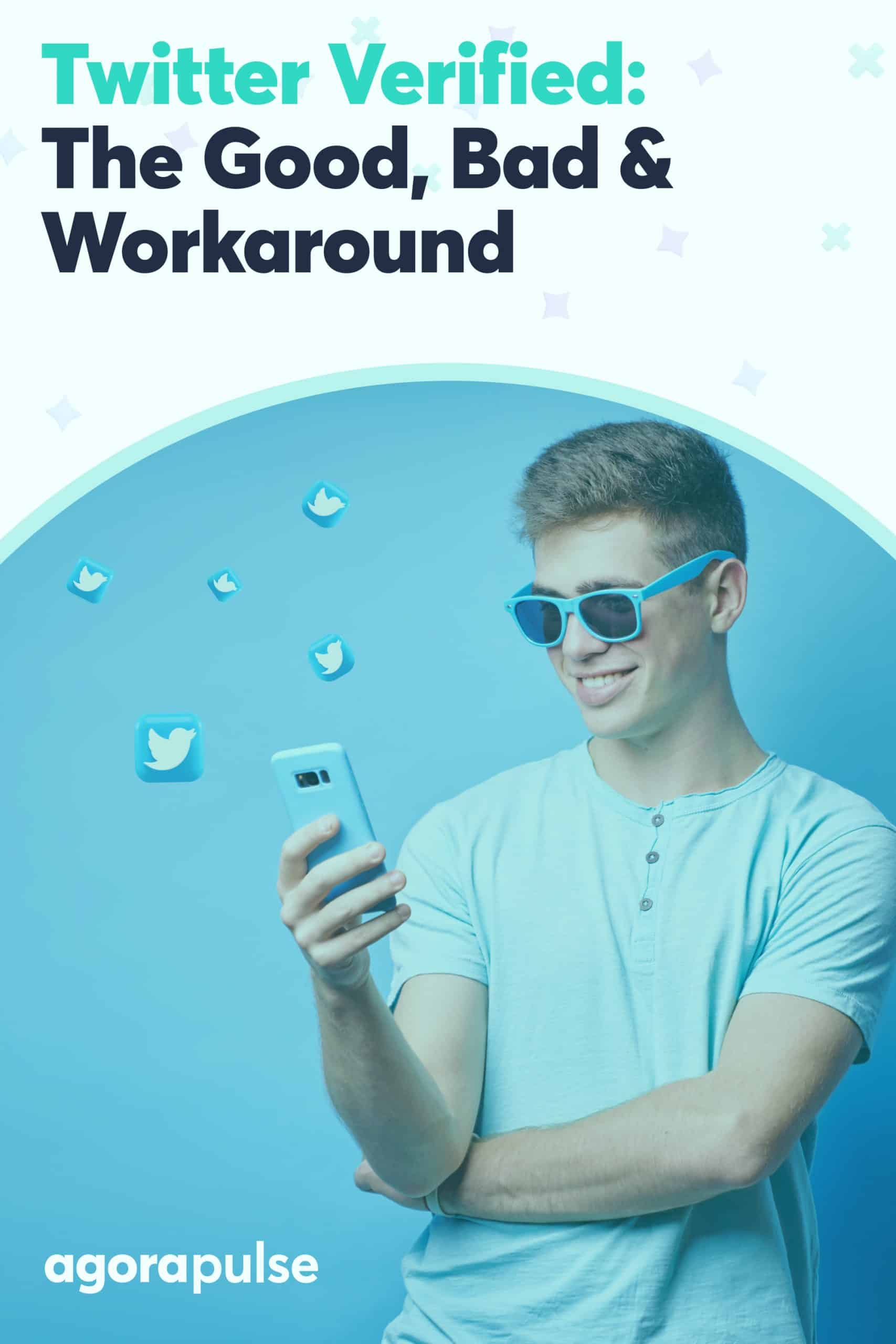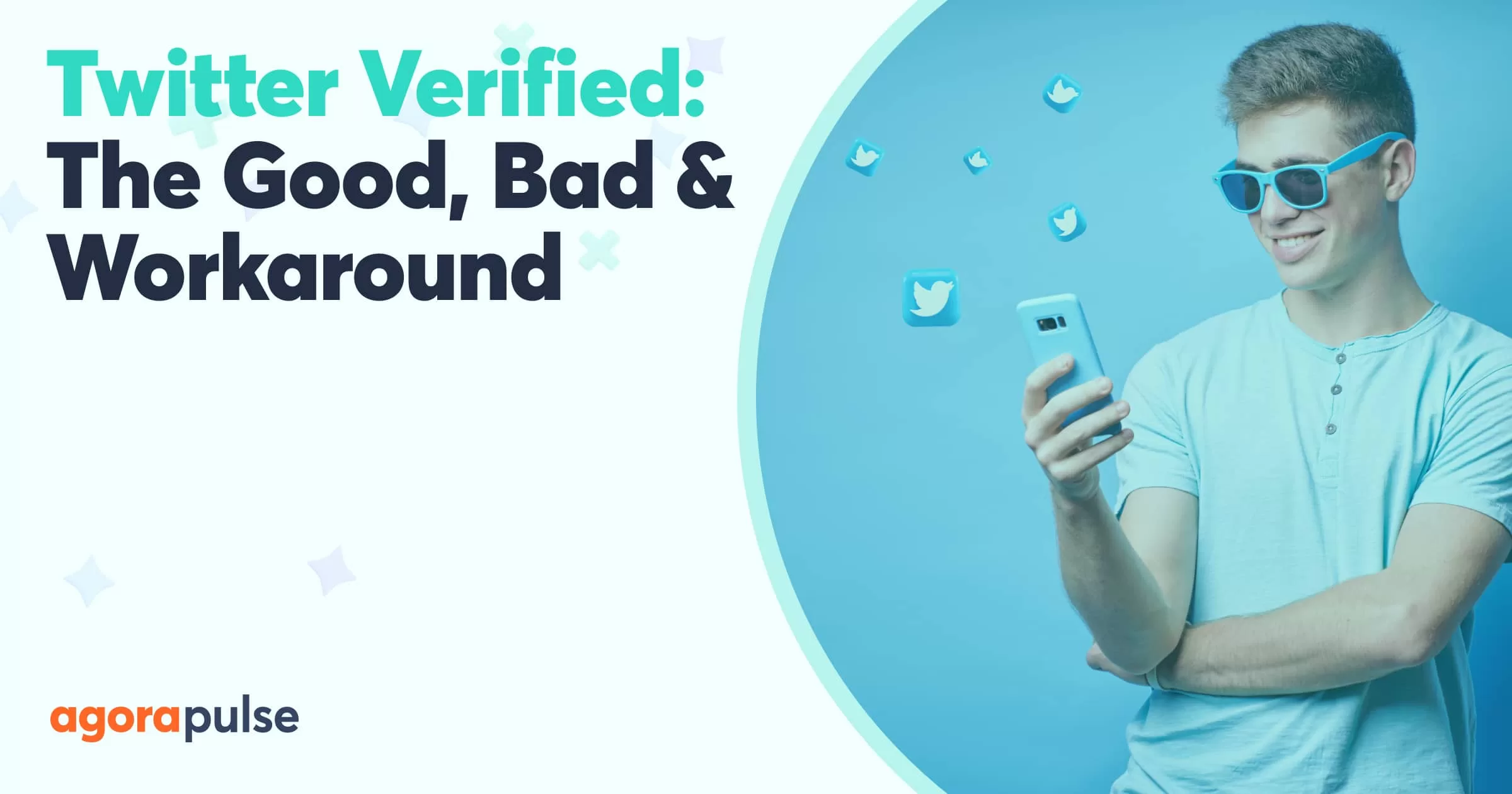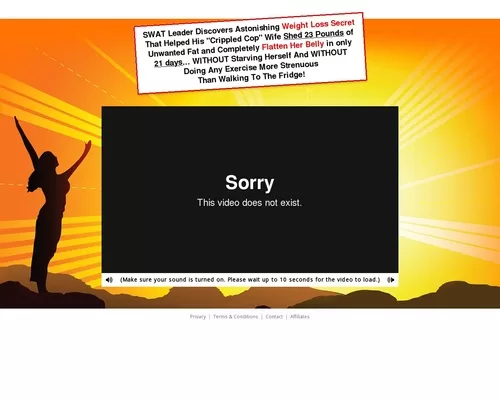The only reason Elon Musk bought Twitter – in October 2022 – was because he wanted to build a “maximum trust” platform that encouraged “free speech”. He assured us, at the time, that it was definitely not about making money.
Did you believe it?
I didn’t do it. And after just hearing about his new “blue bad” verification policy that basically means you now have to pay if you want to go viral on Twitter, I don’t think I’ve been proven wrong.
Hiding most of Twitter behind a paywall is definitely not something someone who has no interest in making money from Twitter would do, is it?
Join me to understand what this new “blue bad” policy really is, what it means for you as a business, and how to work around the issues this new idea presents.
What did Elon Musk say?
Starting April 15th, only verified accounts will be eligible to be in “For You” recommendations.
It’s the only realistic way to address the advanced groups of AI bots taking over. Otherwise it’s a hopelessly lost battle.
Voting in polls will require verification for the same reason.
— Elon Musk (@elonmusk) March 27, 2023
OK, let’s unpack this. What is the second richest man in the world really saying with this announcement?
Elon Musk is doing three things:
- From April 2023, Musk will ditch Twitter’s old blue verification process.
In the pre-Musk days, Twitter’s iconic blue checkmark was only issued to accounts that met certain criteria and had therefore earned the right to display this visible sign of trustworthiness and authenticity on their profiles. No money was exchanged for the ceremonial blue badge of honor, it was earned. This is what made the blue tick reliable. From April 15, 2023, legacy Twitter Verified users will have to pay $8+ per month to keep their blue badge. - From April 15, 2023, Musk will phase in a new blue tick verification process called Twitter Blue.
From April 15 onwards, anyone will be able to get a blue tick on their profile. They do not need to meet any special criteria. They just have to prove they are who they say they are — but only if they’re prepared to pay $8 a month for the privilege. With this blue tick subscription, blue tweeters will have the luxury of being able to post longer tweets and videos and edit or cancel a tweet. Plus, they will be able to…
Vote in polls (no sign, no vote)
Prioritize their content in searches and in people’s “For You” feed* (no sign, no voice)
Have two-factor authentication on their account (no token, no security) - Last December, Musk introduced a new ‘blue tick for business’ scheme.
If a business pays Musk $1,000 per month (minimum), they will receive the privilege of a GOLD checkmark on their profile. This will mark them as a “Verified Organization” on Twitter. For this gold badge of honor, not only will verified organizations receive the same Twitter Blue privileges as a “normal” blue indicator, but they will also have the ability to add collaborators to their profile (for an additional $50 per affiliate, per month ) to grow their network.
Having since received tremendous backlash over prioritizing blue content in searches and in the feeds of people who go to “For You,” Musk is now claiming that “since you asked for it,” users will still be able to see the accounts they follow in their “For You” feed.
Why is Elon Musk doing this?
“[It’s] the only realistic way to address the advanced AI swarms that take over. Otherwise it’s a hopelessly lost battle.” (Elon Musk)
Musk states that if he gives verified blue tick users more visibility — by prioritizing their tweets in the feed and “For You” searches — and algorithmically suppresses non-blue tweeters, he will eventually expose and eradicate all worlds, troll farms. and fake accounts from the platform.
Perhaps he thinks that the real people of Twitter – who are who they say they are – will sign up in their droves to become part of the blue tick brigade, just to have their content seen by others. Bots cannot pay subscriptions. Fake accounts cannot verify their identity. So if all “real” people are verified (paying $8 per month), the only ones left without a blue tick will be exposed as bots, spammers and fakers.
Or maybe that’s the real reason
While Musk’s quest to banish evil bots from Twitter is a noble endeavor — and one that could certainly work if everyone agreed to pay a subscription — I don’t believe that’s the real reason behind his Twitter Blue scheme.
Since Elon Musk’s chaotic takeover of Twitter, he has managed to lose over 500 advertisers, causing the company’s daily revenue rate to drop by 40%, annually.
“Chaos from Elon Musk’s takeover of Twitter has driven away advertisers as the company struggles to hang on to its most important source of revenue.” (Investopedia)
After quickly realizing that ad monetization wasn’t going to work as expected, Musk had no choice but to turn Twitter into a subscription-based model and start charging users a monthly fee, just to have their tweets seen by others.
Think back to when Musk first pitched this idea.
To test the waters, he loosely suggested that paying a monthly fee to get the most out of the platform was the future of Twitter. Remember his reaction to the backlash he got for this suggestion?
We have to pay the bills somehow! Twitter cannot rely entirely on advertisers. What about $8?
— Elon Musk (@elonmusk) November 1, 2022
Twitter’s transformation into a money maker makes more sense than its “battle to drive out the bots” excuse.
When Musk first bought Twitter, he declared that the platform would be a “digital town square” where important issues could be discussed in a safe and open forum.
⚡️⚡️⚡️ Power to the people ⚡️⚡️⚡️
— Elon Musk (@elonmusk) November 5, 2022
But is minimizing people’s voices and removing their right to vote – unless they are prepared to pay – creating a digital town square or is it creating a hierarchical digital divide?
What does all this mean for you as a business?
It’s one thing to know what Musk is up to with his Twitter Blue and ‘blue track for business’ schemes, but what does this all mean for you as a business using Twitter as a marketing or networking platform ?
Let’s first look at the new blue badge verification process and the impact that paying $8 a month can have on your business – if you want to go viral.
I like to always look for the positive in every situation. And maybe there is a small positive if you are a small business.
Previously, Twitter’s coveted blue ticks were reserved only for celebrities or organizations with great reputations, great influence, and massive followings. Normal people and smaller businesses rarely looked at them. Now that anyone can buy a blue tic-tac-toe, has this leveled the playing field on Twitter?
I think in a way, there is.
But the downside of allowing everyone to have a blue tick is that the respect and status that the blue tick represented is gone.
If everyone has one, what makes one organization more respectable and trustworthy than another? The blue tick now represents nothing, except that you can afford to pay Elon Musk $96 a year.
Also, what if you were fine before, without a blue tick?
You had a good following, a good level of engagement on your tweets and a good reach. If the tweets of blue users are prioritized over those of non-blue users, suddenly your reach, engagement and following are gone. If you don’t cough.
Plus, stories are already coming out from early adopter Blue Target subscribers that they haven’t seen an increase in engagement since they started paying for the subscription. They are effectively paying to be ignored.
Although $8 a month isn’t much, you need to budget just to get your content seen by your audience. And in this economic downturn, paying money — for what was once a free service — to the world’s second-richest man stings.
Let’s now look at the ‘blue tick for business’ scheme and see how paying over $1000 a month for a gold tick can affect your business.
If you’re a medium-sized enterprise looking to grow your business network, I can see how paying $12,000 a year to become a Twitter “Verified Organization” could be a worthwhile investment.
But it’s not just $12,000 a year. For the blue for business scheme to work – for you to grow a useful Twitter network – you need to add affiliates. And a lot of them.
At $50 a pop, that’s a big budget to invest in just one social media channel.
“$50,000 if you’re Disney or Apple is not unreasonable. It’s like what you would pay for your LinkedIn recruiting account. So there is a precedent here for businesses to pay for their verification. If you want to trend, you have to be verified.” (Jason Calacanis)
Big brands with big budgets win again.
The Good: How to overcome Twitter’s blue tick problem
Now for the good news!
There’s a nifty little workaround that means you don’t have to pay $8 a month just to get your content seen by your audience.
All you need to do is create a Twitter list.
You can create up to 1000 Twitter lists, add your followers’ accounts (you can add up to 5000 accounts to each list) and encourage them to subscribe to it.
That way – blue tick or no blue tick – every time you post or tweet, your audience will see it in their timeline feed. And if they tweet about you, you’ll see it on your timeline.
Alternatively, you can always encourage your followers to create their own Twitter List and make sure they add you to it so they can continue to see all of your great content and you can continue to see theirs.
Another way to keep up with what “unverified” Twitter users are saying about you – because you won’t see what they’re tweeting unless they have a blue tick – is to set up an auditory search, using a tool social media management, such as Agorapulse.
Social listening is a great way to “hear” mentions of your brand, product or service from customers, fans and even competitors.
Agorapulse has a dedicated Twitter Listening feature that lets you set up searches that will listen for specific keywords and mentions, and lets you manage the tweets and retweets you receive, all from within the Agorapulse platform.
You don’t have to log in to Twitter once if you don’t want to.
Learn more about our Twitter listening feature here or by booking a free demo.


CONCLUSION
Musk’s bold move toward a subscription-based social media platform could irrevocably change the social media landscape forever. Some believe that social media should be a subscription-based service anyway, and with Meta launching a similar subscription-based service ‘Meta Verified’ this month, is this just the tip of the iceberg for subscription-based social media?




